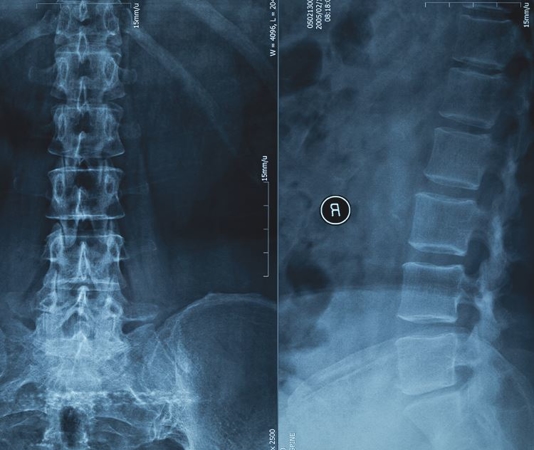People who sustain a spinal cord injury (SCI) are likely to experience dysfunction in one or more organ systems as a result of their injury. Many are at particularly increased risk for cardiometabolic (CMD) diseases, a subtype of cardiovascular diseases with health risks that mirror coronary artery disease or diabetes. Risk factors for CMD include obesity, insulin resistance, elevated fasting triglycerides (a type of fat found in the blood), decreased fasting high-density lipoprotein cholesterol (HDL-C; also called the “good” cholesterol), and high blood pressure. An estimated one-third of SCI patients exhibit at least three of these five risk determinants, satisfying criteria for a CMD diagnosis.
Because CMD can cause serious long-term health consequences, researchers have identified a need to comprehensively study the prevalence of these risk factors in SCI patients. A recent study analyzed medical records from 95 adult SCI patients across five rehabilitation centers and a comparison group of 1,609 non-injured control participants who completed the National Health and Nutrition Examination Education Survey. The study team found that:
- Compared to uninjured participants, the participants with SCI had significantly higher blood pressure and triglycerides and significantly lower fasting glucose and HDL-C.
- About 3 in 4 of SCI participants were obese, compared to only 1 in 4 control participants.
- Insulin resistance did not differ significantly between groups.
- Participants with SCI were nearly 41% more likely to exhibit three or more CMD risk factors.
- Among SCI participants specifically, the ratio of HDL-C and triglycerides was significantly associated with myocardial infarction and stroke.
These findings confirm that SCI patients are at significantly elevated risk for developing CMD risk factors, to the exclusion of insulin resistance, compared to individuals without SCI. Clinicians are encouraged to monitor their SCI patients for high fasting triglycerides concurrent with low fasting HDL-C, an interplay that is strongly associated with poor cardiac outcomes in the SCI population. SCI patients may also require additional supports and services, such as nutrition and physical fitness programs, to reduce the incidence of obesity.
Solinsky R, Betancourt L, Schmidt-Read M, et al. Acute spinal cord injury is associated with prevalent cardiometabolic risk factors. Archives of Physical Medicine and Rehabilitation. (2022).

